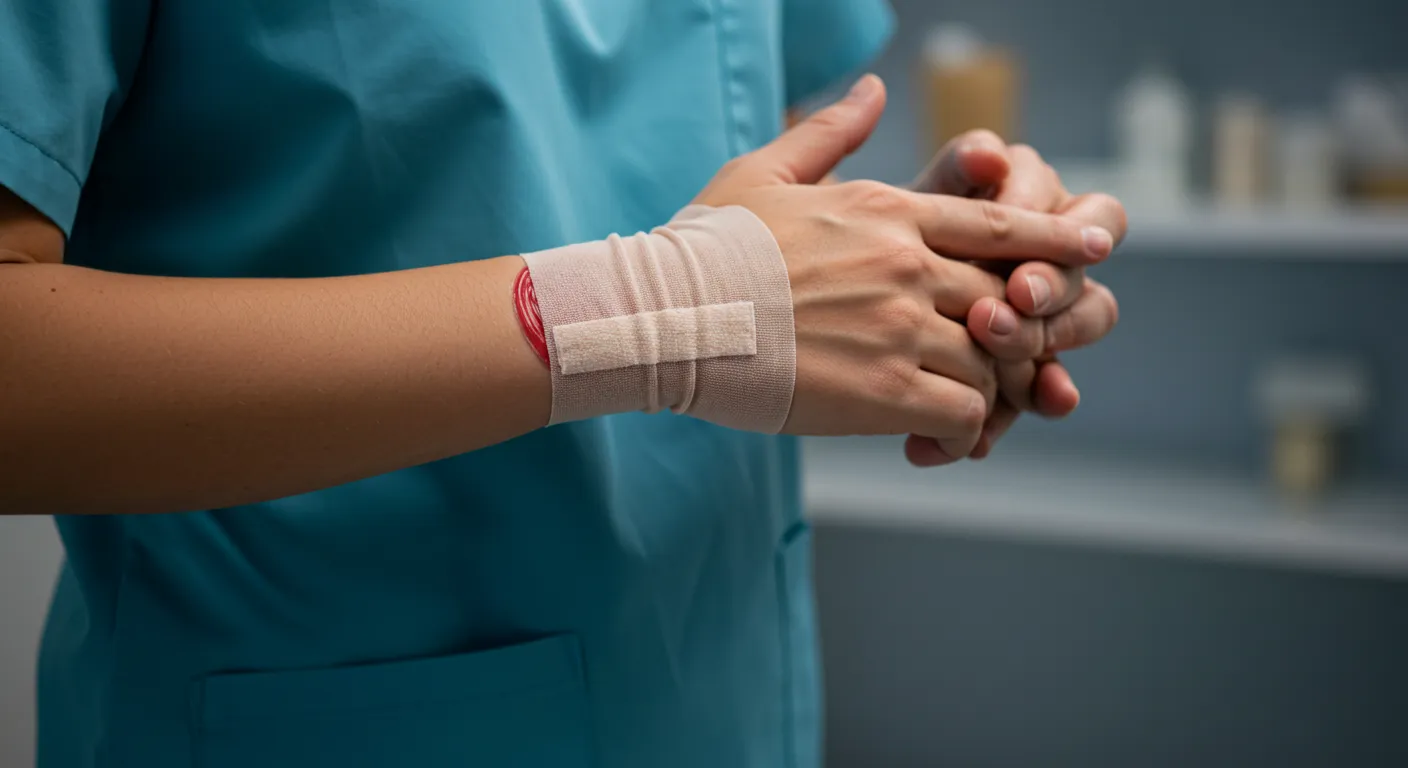Table of Contents
Wound care is a critical aspect of healthcare, affecting millions of people worldwide. From minor cuts and burns to chronic ulcers and surgical wounds, proper treatment is essential to prevent infections, reduce complications, and accelerate healing. In recent years, significant advancements in wound care technology have improved patient outcomes, reduced healing time, and minimized pain. This article explores the latest wound care innovations, highlighting new treatments, materials, and medical technologies that are transforming the field.
The Importance of Advanced Wound Care
Traditional wound healing methods, such as bandaging and antibiotic ointments, are effective for minor injuries but often insufficient for complex wounds. Chronic wounds, such as diabetic ulcers, pressure sores, and severe burns, require more sophisticated treatments. Delayed healing can lead to complications like infections, amputations, and increased medical costs. Innovative wound care solutions address these challenges by enhancing tissue regeneration, preventing infections, and optimizing healing environments.
Key Innovations in Wound Care
1. Smart Dressings with Advanced Materials
Modern wound dressings go beyond simple bandages. Researchers have developed smart dressings that actively contribute to the healing process.
- Hydrocolloid and Hydrogel Dressings – These dressings maintain a moist wound environment, promoting faster healing and reducing pain.
- Bioactive Dressings – Infused with growth factors, antimicrobial agents, or stem cells, these dressings actively support tissue regeneration.
- Nanotechnology-Based Dressings – Nanoparticle-infused bandages can deliver antibiotics, silver ions, or oxygen to the wound site, preventing infections and stimulating healing.
- Color-Changing Dressings – Some new dressings change color to indicate infection, providing real-time monitoring for healthcare providers and patients.
2. Collagen-Based Therapies
Collagen, a key protein in wound healing, has been widely used in advanced wound care products like Cellerate. Collagen-based dressings and topical treatments:
- Stimulate cell growth and tissue repair.
- Improve skin elasticity, reducing scarring.
- It works well for burns, ulcers, and surgical wounds.
- Collagen dressings often come in powder, gel, or sheet forms, allowing flexible applications for various wound types.
3. Growth Factor Therapy
Growth factors are proteins that regulate cell functions, including proliferation, migration, and differentiation. In wound healing, they:
- Accelerate tissue regeneration.
- Reduce inflammation and promote angiogenesis (formation of new blood vessels).
- Improve healing outcomes in diabetic foot ulcers, burns, and post-surgical wounds.
- New treatments include platelet-derived growth factors (PDGFs), epidermal growth factors (EGFs), and fibroblast growth factors (FGFs).
4. Negative Pressure Wound Therapy (NPWT)
- Negative pressure wound therapy, also known as vacuum-assisted closure (VAC), uses a vacuum dressing to:
- Remove excess fluid and bacteria from the wound.
- Promote blood circulation and tissue granulation.
- Speed up healing, especially in deep wounds, surgical incisions, and chronic ulcers.
- NPWT devices are now more compact, wearable, and suitable for home-based wound care.
5. 3D-Printed Skin and Bioengineered Tissue
One of the most exciting innovations in wound care is 3D bioprinting. Scientists have developed techniques to print artificial skin and tissue layers that can be used for:
- Treating severe burns and traumatic injuries.
- Reducing the need for skin grafts.
- Enhancing personalized wound treatment.
- Bioengineered skin substitutes, made from human cells, synthetic materials, or a combination, are increasingly used in advanced wound care centers.
6. Stem Cell Therapy for Wound Healing
Stem cells can potentially rebuild damaged tissue, reduce inflammation, and accelerate wound closure. This therapy is particularly effective for:
- Diabetic wounds that do not heal with conventional treatments.
- Chronic wounds are caused by poor circulation.
- Burns and skin graft sites.
- Stem cell-based wound dressings and injections are being developed to regenerate damaged skin and improve healing outcomes.
7. Artificial Intelligence and Digital Wound Monitoring
Artificial intelligence (AI) and digital technology are transforming wound assessment and treatment:
- AI-Based Wound Analysis—Mobile apps and software use AI to analyze wound size, depth, and healing progress, providing real-time treatment recommendations.
- Smart Sensors – Wearable wound sensors track moisture levels, infection risks, and temperature changes, alerting patients and healthcare providers to potential complications.
- Telemedicine for Wound Care – Remote wound monitoring allows patients to consult with specialists without visiting a clinic, improving accessibility to expert care.
8. Oxygen Therapy for Chronic Wounds
Oxygen plays a crucial role in tissue repair. Innovative wound treatments now incorporate oxygen therapy, including:
- Hyperbaric Oxygen Therapy (HBOT) – Patients breathe 100% oxygen in a pressurized chamber, which promotes faster healing, especially for diabetic foot ulcers.
- Topical Oxygen Therapy (TOT) – Oxygen is directly applied to the wound using specialized devices, stimulating cell growth and preventing infections.
Also Read: How Men’s Health Clinics Contribute to Overall Wellness
Future Directions in Wound Care
The future of wound care is driven by biotechnology, regenerative medicine, and personalized treatments. Key areas of development include:
- Personalized Wound Care Solutions – Tailoring treatments based on genetic factors and wound characteristics.
- AI-Driven Predictive Models – Using machine learning to predict wound healing outcomes and optimize treatment plans.
- Advanced Drug Delivery Systems – Incorporating micro- and nano-based technologies for targeted medication delivery at the wound site.
- As research progresses, these innovations will further reduce healing time, infection risks, and long-term complications, leading to better patient outcomes and improved quality of life.
Final Thoughts:
Wound care innovations have revolutionized treating wounds, offering faster healing, reduced infections, and enhanced recovery options. From smart dressings and stem cell therapies to AI-powered wound monitoring and 3D-printed skin, modern advancements continue to push the boundaries of medical science. As technology evolves, the future of wound care will focus on personalized, regenerative, and AI-driven solutions, providing better healing options for patients worldwide.
Whether for chronic wounds, surgical incisions, burns, or trauma injuries, these innovations are shaping the future of healthcare, ensuring that patients receive the most effective treatments available.




